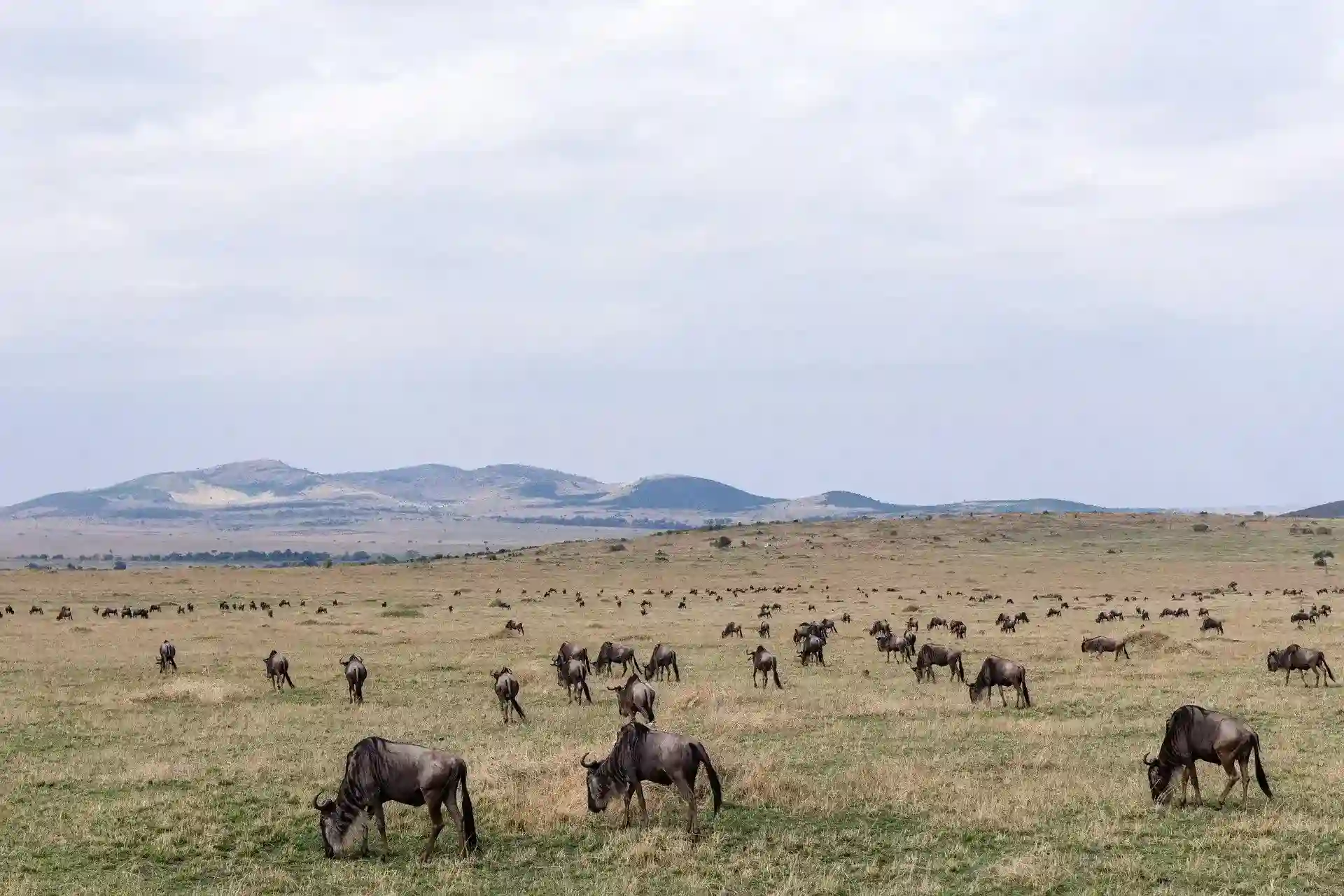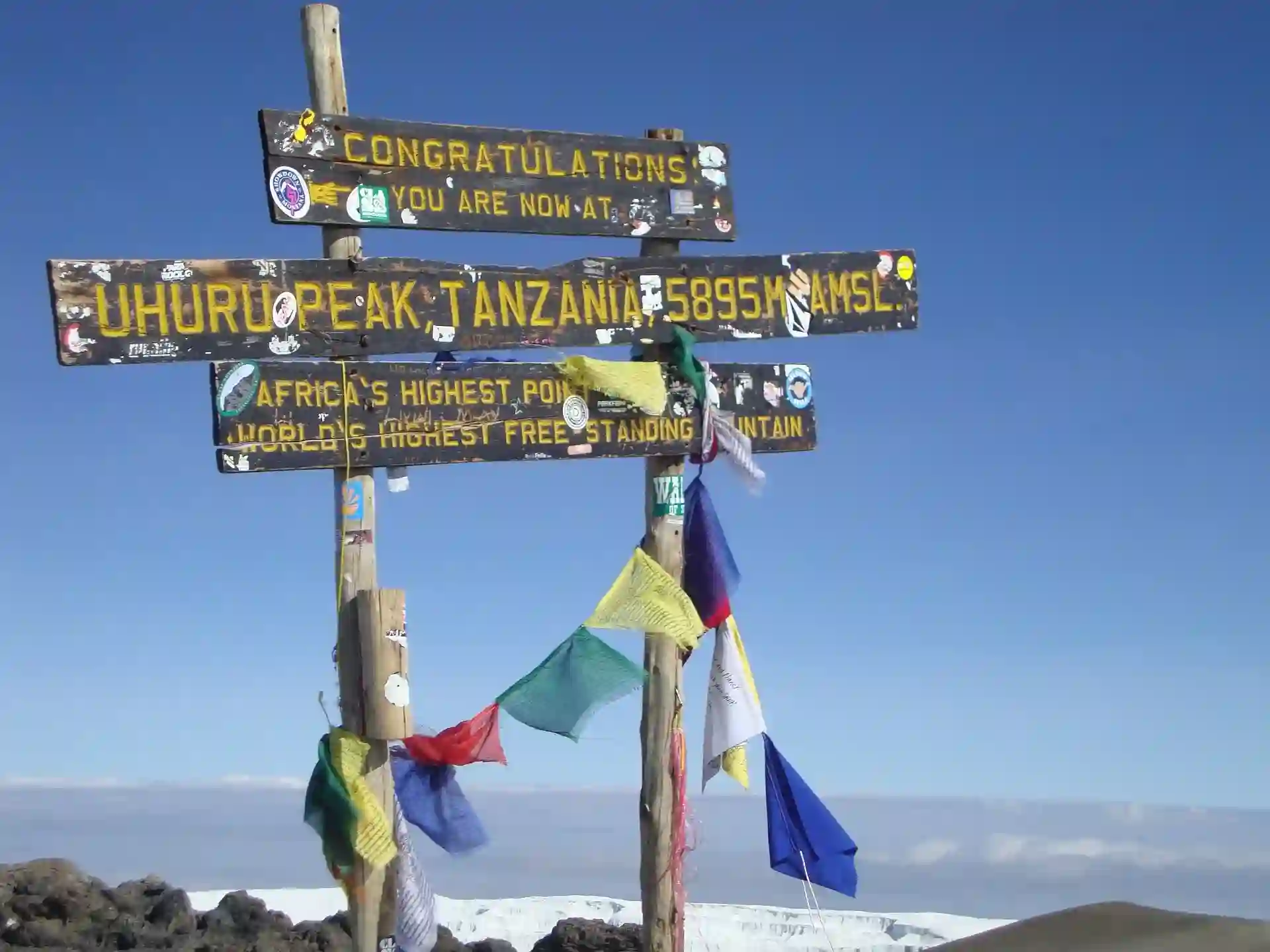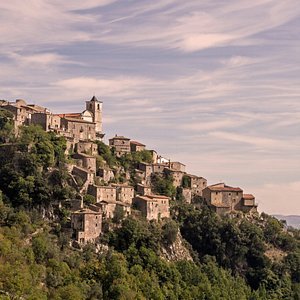
Mwanza Tanzania
Tanzania’s second-largest city, and the lake region’s economic heart, Mwanza is set on Lake Victoria’s shore, surrounded by hills strewn with enormous boulders. In addition to being notable for its strong Indian influences, Mwanza is a major industrial centre and busy port. Yet, despite its rapidly rising skyline, Mwanza manages to retain a casual feel. In addition to being a stop on the way to Rubondo Island National Park,
Mwanza is a great starting or finishing point for safaris through Ngorongoro and the Serengeti, ideally as a loop by adding Lake Natron.
Sights
Rock City
The surrounding hills and boulders give Mwanza its ‘Rock City’ nickname and make it one of Africa’s most beautiful cities.Bismarck Rock
Mwanza’s icon, Bismarck Rock, is a precariously balanced boulder atop the lovely jumble of rocks in the lake next to the Kamanga ferry pier. The little park here is a brilliant sunset spot.Jiwe Kuu
One of the more interesting rock formations around Mwanza is Jiwe Kuu (Big Rock), which some people call the Dancing Rocks. Many round boulders sit atop this rocky outcrop north of town and have managed to last eons without rolling off. Dalla-dallas to Bwiru run west down Nyerere Rd; their final stop leaves you within a 1.5km walk.Robert Koch Hill
Smack in the city centre is Robert Koch Hill, with an attractively decrepit German-built mansion at the top. Several Maasai now live here, but if you introduce yourself and give them a small donation, you can look around. To get here, push through the bustling market, and take the trail through the beer garden and past all the piles of rubbish. You shouldn’t go up there late in the day and single women shouldn’t go alone.Saa Nane National Park
The rocky island 500m off Capri Point is Saa Nane National Park. Even though it’s only 0.76 sq km and home to only monkeys and impalas, visiting costs more than some huge wildlife-filled national parks. With 70 bird species it does make a worthwhile short excursion for birders.In addition to the entry fees add boat fee for the return boat trip (which can seat 20). You can check out the old bones and some rather sorry looking stuffed animals in the office for free.
Markets & Temples
Central Mwanza along Temple St and west to Station Rd has an oriental feel due to its many temples (both Hindu and Sikh) and mosques, as well as Indian trading houses lining the streets. The street-side market and ambience continue west through the Makoroboi area, where the namesake scrap-metal workshop is hidden away in the rocks. Kerosene lamps (makoroboi in Swahili), ladles and other household goods are fashioned from old cans and other trash. East of Temple St, the huge and confusing Central Market is fun to explore.Mwaloni Market
Mwaloni Market, under the roof with the giant Balimi ad, is quite a spectacle. The city’s main fish market also has lots of fruits and vegetables, most shipped in on small boats from surrounding villages, and there are almost as many marabou storks as vendors. Photography is prohibited because some scenes in the controversial documentary film Darwin’s Nightmare (2004) were shot here.Maasai Market
Mwanza has a Maasai Market, with a couple of dozen Maasai selling beaded jewellery and medicines on both sides of the footbridge.Sukuma Museum
Located in Bujora village, Sukuma Museum is an open-air museum where, among other things, you’ll see traditional Sukuma dwellings, the grass house of a traditional healer, blacksmith’s tools and a rotating cylinder illustrating different Sukuma words for counting from one to 10. In the past these were used by various age-based groups as a secret language of initiation. Each group used its own words among its members and these could not be understood by others.The museum is 18km east of Mwanza. Also on the grounds is the Royal Drum Pavilion, built in the shape of a king’s stool, holding a collection of royal drums that are still played on church feast days, official government visits and other special events.
The Round Church was built here in 1958by David Fumbuka Clement, the Québecois missionary priest who founded the museum. It has many traditional Sukuma styling. English-speaking guides are available.
On request, the museum can organize on-the-spot performances of traditional drumming and dancing Sunday opening times change depending on when mass finishes.














